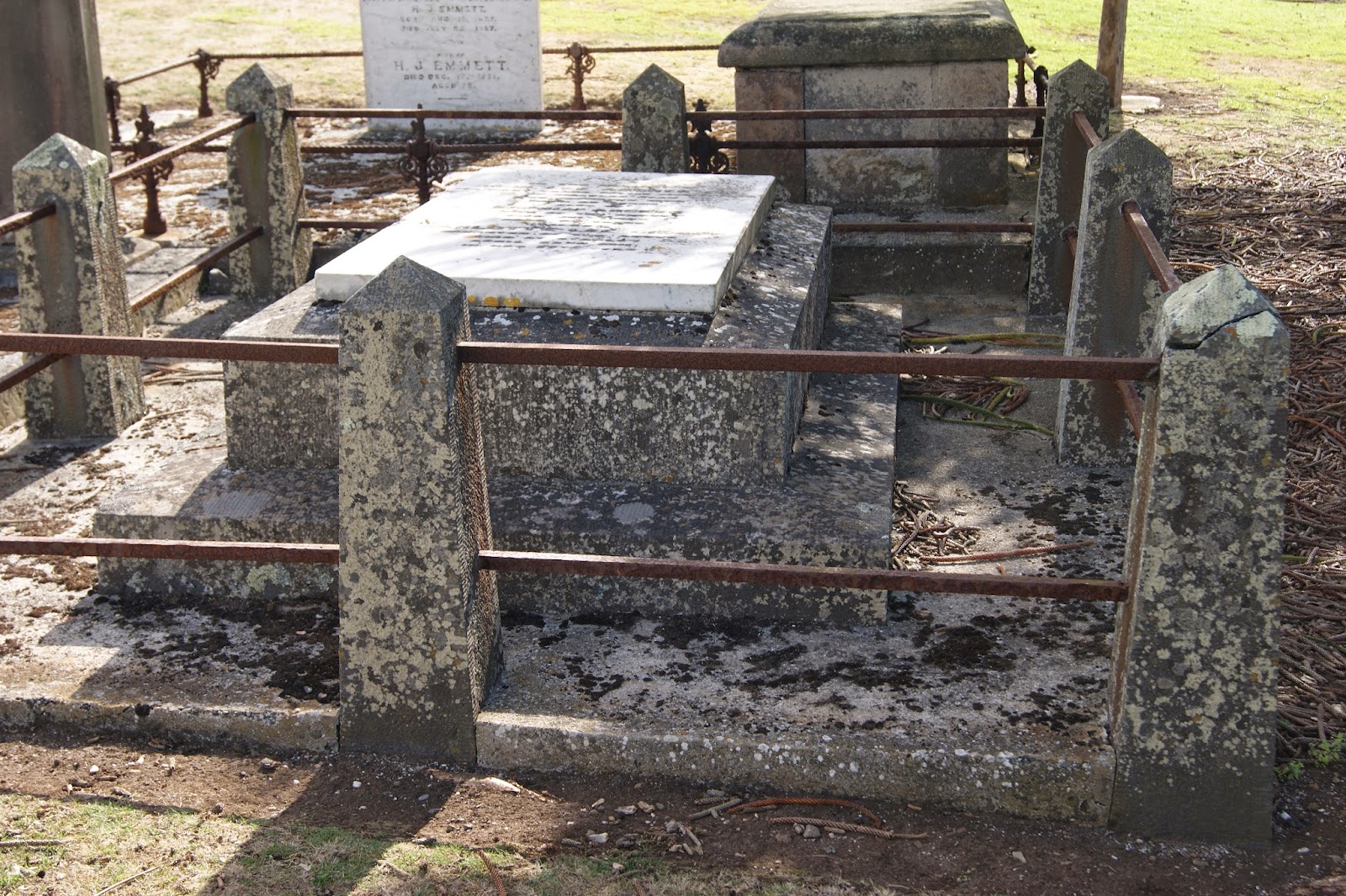On 2 December 1826 he was appointed by the secretary of state for the colonies 'to fill the situation of Civil Engineer in Van Diemen's Land'. Arriving at Hobart Town in the Langin August 1827, he was instructed by Lieutenant-Governor (Sir) George Arthur to take up the duties of civil engineer and colonial architect. He served in those capacities for eleven years, in the first nine being responsible for all government buildings including those for penal and military purposes.
Among the buildings designed by Archer are Parliament House, (formerly the Customs House), the public offices used by the Treasury and the Audit Department in Hobart, the Ordnance Stores in Salamanca Place, several buildings at Anglesea Barracks; St John's Church with the orphan schools and the parsonage at New Town; the nave of St George's Church at Battery Point; Old Trinity (the Penitentiary Chapel) in Hobart; St Luke's Presbyterian Church at Bothwell, St Luke's Church of England at Richmond, the gaol and gaoler's house at Richmond, and parts of the gaol in Campbell Street, Hobart.
St Luke's Church, Richmond
Parliament House, Hobart
In the engineering field his outstanding work was the stone bridge which still carries the road from the Midland Highway over the Macquarie River into Ross. With a committee he prepared in 1827 a plan for improvements to Sullivan's Cove which laid down the main lines for development of the port of Hobart. On another committee in 1835 he provided designs for the causeway in the River Derwent at Bridgewater.
Richmond Gaol
Ross Bridge
Archer's buildings possess the virtues of simplicity and good proportion, combined with a satisfying sense of stability. His public buildings in the Georgian Renaissance manner contribute to the interesting architectural character of the city of Hobart. While there was no doubt about Archer's architectural skills, the Governor expressed some reservations about his administrative and supervisory capabilities. In the early years Archer relied on unqualified and often unskilled workmen and was assisted by only one clerk.In 1832-3 around 200 artisans were attracted to the colony with a 20 pounds contribution towards their fare. Archer designed the east and west wings for the Richmond Gaol as well as the gaoler's house (1832). His work included government stores and churches, which were built by the government in the early days.
Archer was married on 3 September 1833 to Sophia Mattinson of Hobart and made his home at Jutland, off Augusta Road, New Town.
After the arrival of officers of the Royal Engineers in Van Diemen's Land in 1836, works for military purposes were taken over by Captain Roger Kelsall. Two years later, as a measure of economy, Lieutenant-Governor Sir John Franklin abolished the position of civil engineer and colonial architect, giving its remaining duties to the director-general of roads and bridges. Archer was retrenched in 1838, and reminded the authorities that he had been appointed on a salary of 500 pounds for life, subject to his good behaviour. In October 1838 Archer accepted an appointment as police magistrate for the district of Horton. He filled this office, living at Stanley, until his death on 4 December 1852. He was survived by his widow, two daughters and several sons. His grave is in the Church of England section of the cemetery at Circular Head in the shadow of The Nut.
Main Text & Information Source –












